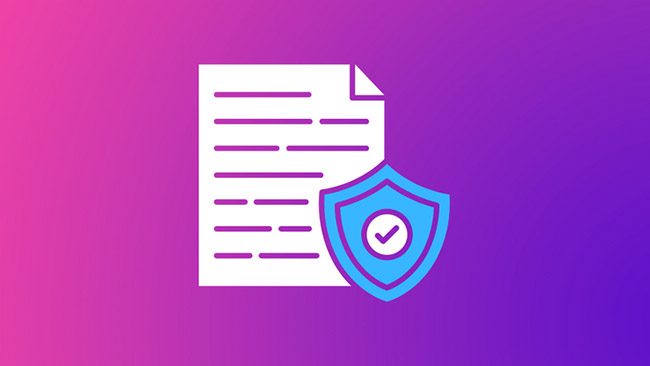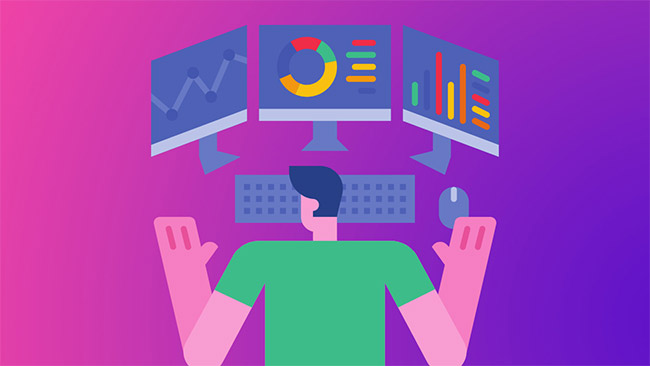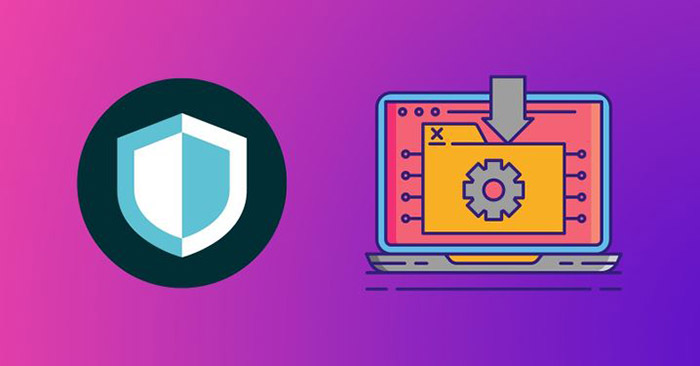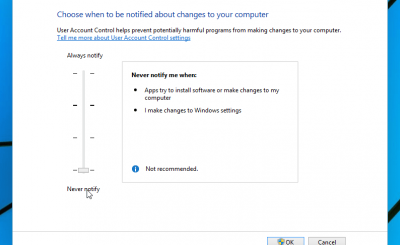CMS – Content Management System (Content Management System) is a web application that helps you to build a website without writing any code.
You can easily create blogs, forums, social networking sites, e-commerce portals and many other types of websites with the help of CMS. While CMS makes building and managing a website incredibly simple, it also requires you to take measures to ensure security.
Every CMS is different in terms of inherent security features and capabilities, but there are some general aspects that you need to keep in mind to secure them. So how do you choose the right CMS for you? And how can you secure your content management system?
How to secure CMS

Note that some CMSs may come with pre-configured settings for best security. So you should always check the documentation and recommendations for a particular CMS in addition to these tips.
Set up backup method
When it comes to CMS, backups are always an important part of securing any website. This is essential, not only in case an attacker compromises the CMS, but also because errors can lead to data loss. Backup solutions can be available as plugins, extensions or third-party services for CMS.
For starters, you can choose from any of the free backup solutions. If you need advanced control over backups, you’ll need to opt for premium backup solutions.
In either case, you can always try to back everything up manually, just in case something goes wrong.
Regardless of how you configure your backup method, make sure you back up your website regularly.
Admin account security
You need to enable all the security features available to the admin account in the CMS. If an attacker has admin access, it will be easier to make malicious changes to the server and website.
Some common things that you should be concerned about include:
- Two-factor authentication (2FA) for the admin account.
- Avoid common username and password combinations like admin and pass.
- Make sure you use a strong password.
- Use a site-specific email that hasn’t previously been exposed in a data breach (optional).
For extra reassurance, you should try some of the best password managers out there.
Restrict user rights
Securing the admin account does not guarantee complete protection. You will have to do more than that.
If you have a website where users can sign up and create accounts, you need to check what features and options are accessible.
Offering some features to users is a good idea, but it can turn out to be a security nightmare. So it’s best to limit the user’s access to the essentials and make sure they don’t get any options that might affect the entire CMS.
Enforce user privacy policy
In addition to limited permissions for users, you can add strict requirements like enabling 2FA and other useful security features when creating an account.
That way, you can ensure the security of user accounts without having to manually contact them to fix errors.
Do not install unnecessary plugins or extensions
It’s easy to get overwhelmed by the extensions available to the CMS that enhance a website’s functionality (or make things easier).
However, introducing unnecessary plugins can create additional security risks.
Stick with only the plugins you need. Furthermore, make sure that the plugin is actively maintained and has good reviews.
Monitor website activity

With comprehensive monitoring, it’s easy to proactively secure your CMS. So keep an eye on CMS by monitoring all website activity like plugin installation, user registration and file upload.
The site’s activity history will also help you identify problems if needed.
Use a web application firewall
To enhance security, you can choose to use a web application firewall. You can start using Cloudflare for free and upgrade to a premium plan later. Most popular web application firewalls will require a fee.
Things can get overwhelming if you’re building a website for the first time. However, if you have the budget, equipping a firewall will give your CMS an extra layer of protection. In either case, you can start with some free options like Cloudflare and try the following premium options.
Update CMS
If the CMS is in active development, you’ll find regular updates to fix bugs and address security issues.
For starters, don’t skip any updates. However, when it comes to major upgrades, you can choose to test them in a staging environment (a near-exact copy of a production environment for software testing) before applying them to your live web portal. me.
Source link: How to secure CMS
– https://techtipsnreview.com/





